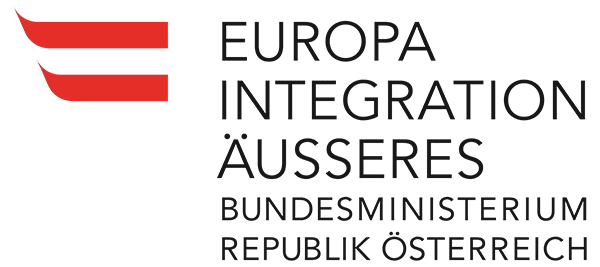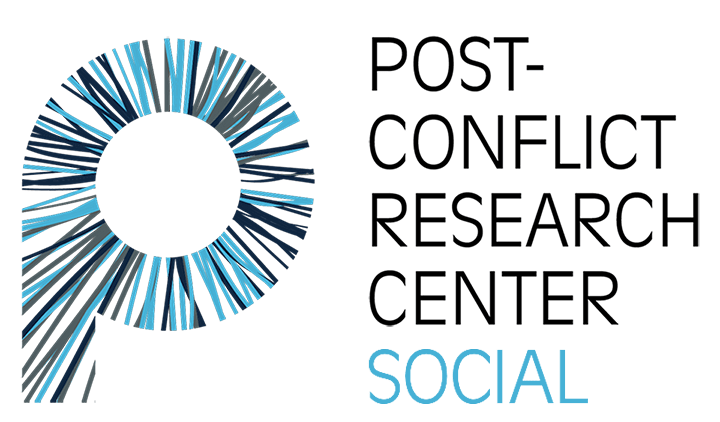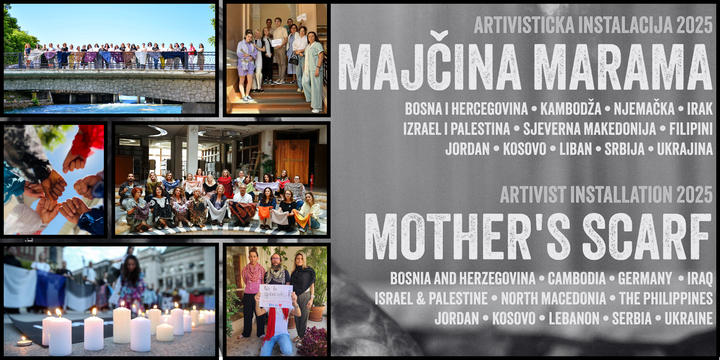
“Mother’s Scarf” Connects the Mothers of Srebrenica with People Around the World in the Struggle for Remembrance
The artistic installation “Mother’s Scarf” is a joint initiative of the Post-Conflict Research Center (PCRC), the Srebrenica Memorial Center, and the Movement of the Mothers of the Srebrenica and Žepa Enclaves. “Mother’s Scarf” was first displayed in Srebrenica in 2022, with more than 2,500 headscarves and shawls collected from over 20 countries and 50 cities in the first year.
To mark the 30th anniversary of the Srebrenica genocide, “Mother’s Scarf” was exhibited in Sarajevo and New York. Additionally, in partnership with the German organization Pro Peace and the Youth Initiative for Human Rights in Serbia, a global solidarity campaign was launched that connected headscarves and peace activists from Cambodia, Jordan, Ukraine, Lebanon, Palestine, Germany, Kosovo, Serbia, North Macedonia, and Iraq.
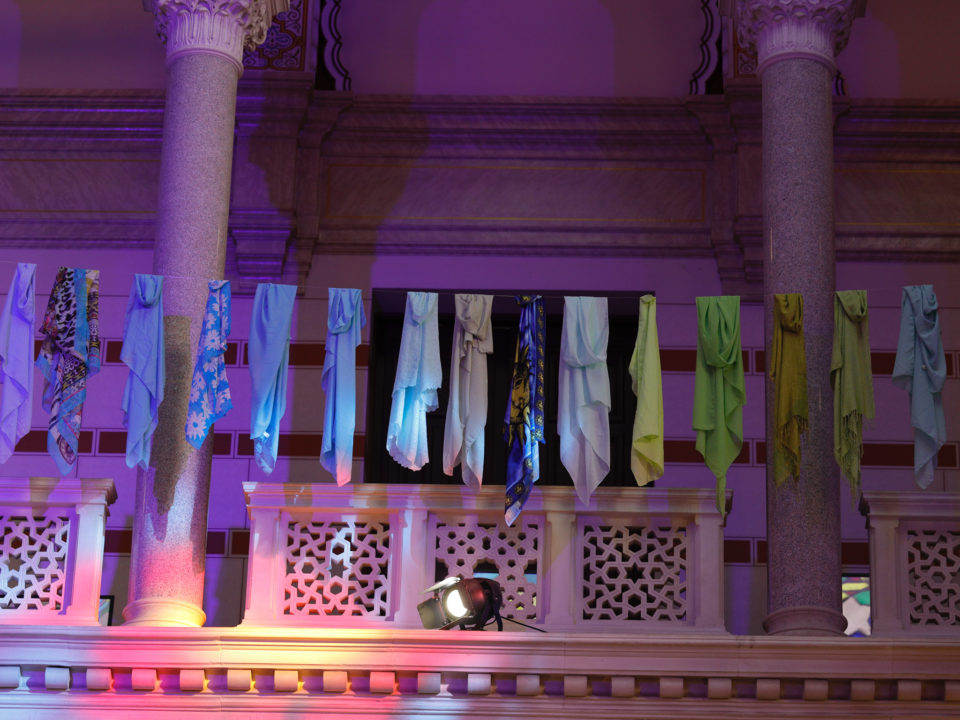
Alexander Mauz, chairman of the Pro Peace Executive Committee, said that “Mother’s Scarf” invites people around the world to uplift scarves and shawls as a gesture of remembrance, empathy, solidarity, and hope.
“Thirty years after the Srebrenica genocide, this collective event memorializes the wounds left by violence, but also the strength of those who work tirelessly for peace and justice in the Western Balkans. As nationalism and war re-emerge from Ukraine to the Middle East, the message is clear: Peace is fragile, and silence is dangerous,” Mauz reflected.
In Belgrade, “Mother’s Scarf” was accompanied by a candlelight vigil and moment of silence, sending a message of remembrance. “Our silence today was an expression of our devotion to ensuring that this doesn’t happen again to anyone,” said the Initiative for Human Rights in Serbia.
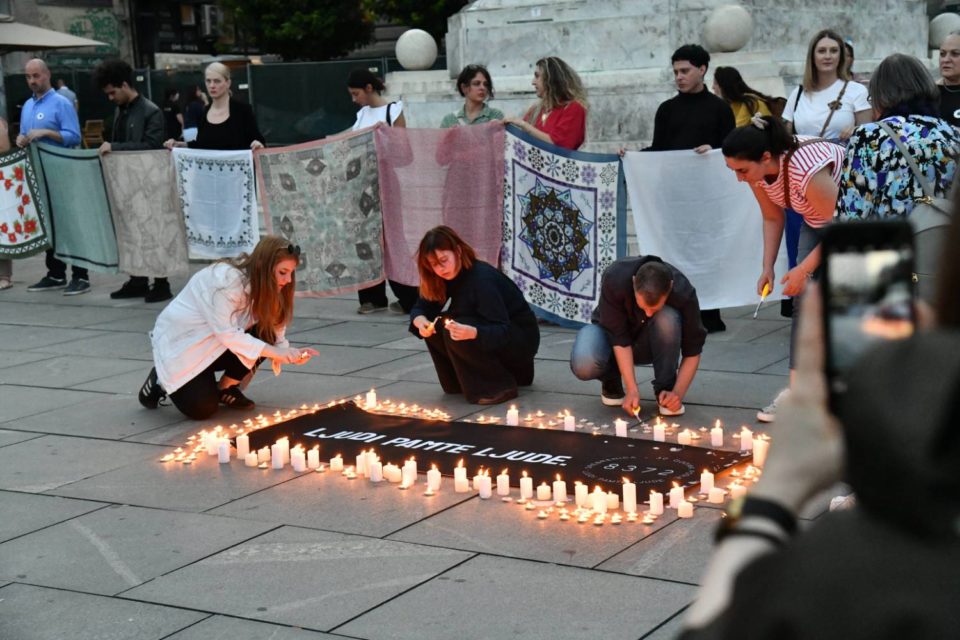
Witnesses of Pain, Hope, and Healing
As part of the July commemorations, “Mother’s Scarf” was displayed at the Sarajevo City Hall through the partnership of PCRC, the Movement of the Mothers of the Srebrenica and Žepa Enclaves, the City of Sarajevo, and the Netherlands-based organization Impunity Watch.
This year, the scarves of high-ranking officials, including First Lady of Bosnia and Herzegovina Mirela Bećirović and Her Royal Highness Sophie, Duchess of Edinburgh, were added to the collection in Sarajevo. The installation was visited by Rosemary DiCarlo, UN Deputy Secretary-General for Political and Peace Affairs, and Judge Graciela Gatti Santana, President of the International Residual Mechanism for Criminal Courts, who donated their scarves in 2022 for the first display.
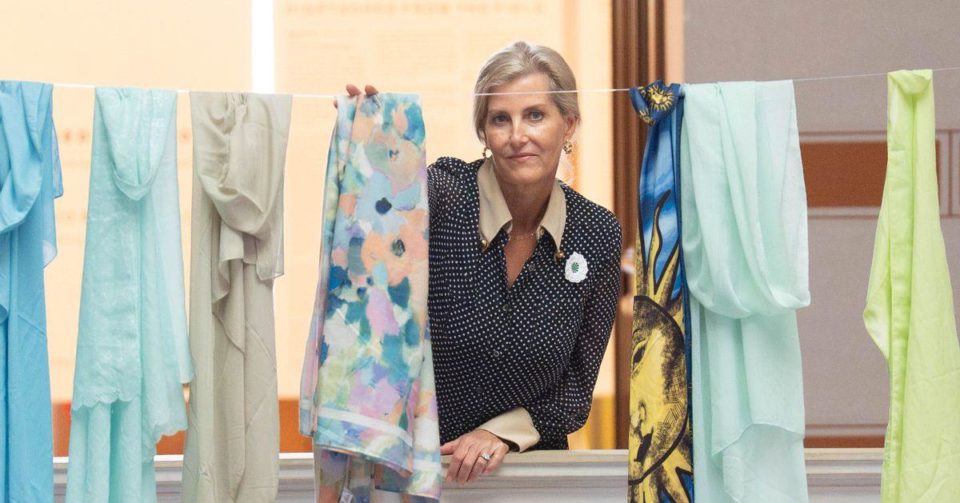
“Mother’s Scarf” is part of the broader project “Srebrenica Heroines,” jointly realized by the Movement of Mothers of the Srebrenica and Žepa Enclaves and PCRC. The goal of the project is to document and highlight the stories of female survivors of the Srebrenica genocide, their heroic fight against the impunity of the perpetrators, and their efforts to preserve the truth about the genocide.
After the inaugural installation at the Srebrenica Memorial Center in 2022, “Mother’s Scarf” became a nomadic monument and a strong reminder that the struggle for truth and justice does not end with official commemorations in July but continues as long as memory endures.
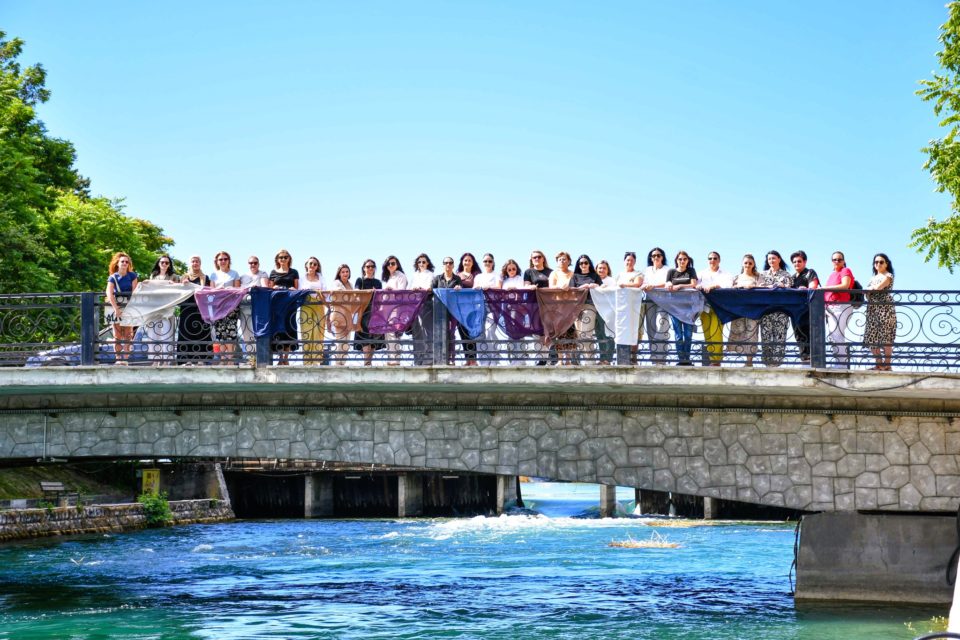
Munira Subašić, president of the Movement of the Mothers of the Srebrenica and Žepa Enclaves, explained that “Mother’s Scarf” and the “Srebrenica Heroines” project aim to encourage women to raise their voices and ensure that Srebrenica and the fight of the Mothers are never forgotten.
“We must learn. A person without a past has no future. The headscarf symbolizes sadness, but also the strength and dignity of the women of Srebrenica,” said Subašić.
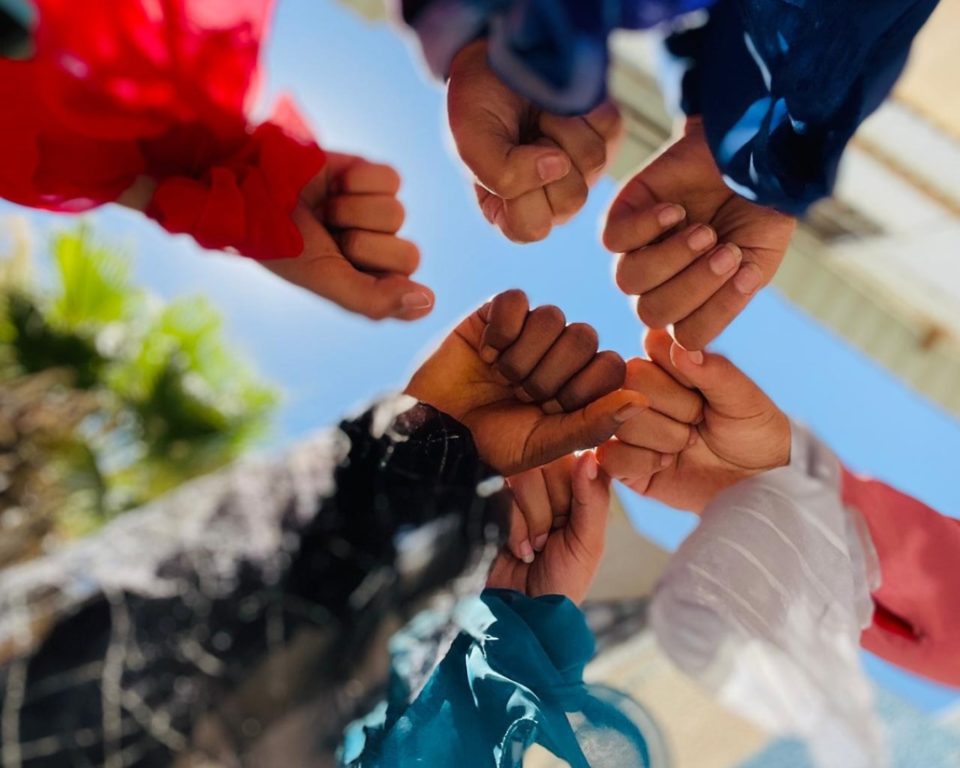
A Collective Prayer for Peace and Greater Empathy
PCRC Founder and President Velma Šarić emphasizes the importance of spreading the message that “‘Mother’s Scarf’ is not just an artistic installation; it is a collective prayer for peace and empathy in the world, a call to treat one another better. As long as the world raises headscarves, the women of Srebrenica are not alone, and their truth lives on.”
Two years ago, as part of the commemoration of the 28th anniversary of the Srebrenica genocide, the installation and accompanying photographic exhibition were set up in Istanbul, in cooperation with Bağcılar Municipality and the Turkish Cooperation and Coordination Agency (TIKA). This year, a similar installation along with the photography exhibition, “Scarves of Remembrance,” by Denis Ruvić, was organized in the premises of the Permanent Mission of the Republic of Turkey to the United Nations in New York.
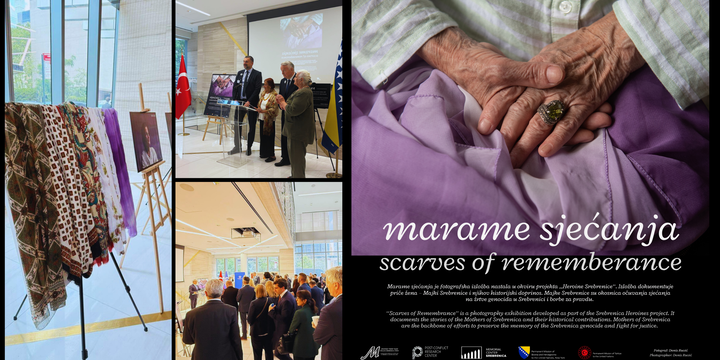
At the opening of the exhibition in New York, Kada Hotić, vice president of the Movement of Mothers of the Srebrenica and Žepa Enclaves, concluded that connecting through pain, justice, and truth contributes to the memory of the Srebrenica genocide, but also to building a better, more peaceful and just future.
_______________
The artistic installation “Mother’s Scarf” was created thanks to the financial support of the National Endowment for Democracy (NED), the Rockefeller Brothers Fund, and the Sigrid Rausing Fund. This year, the installation was further developed with the support of Pro Peace and the regional project “EU Support for Confidence-Building in the Western Balkans.”




